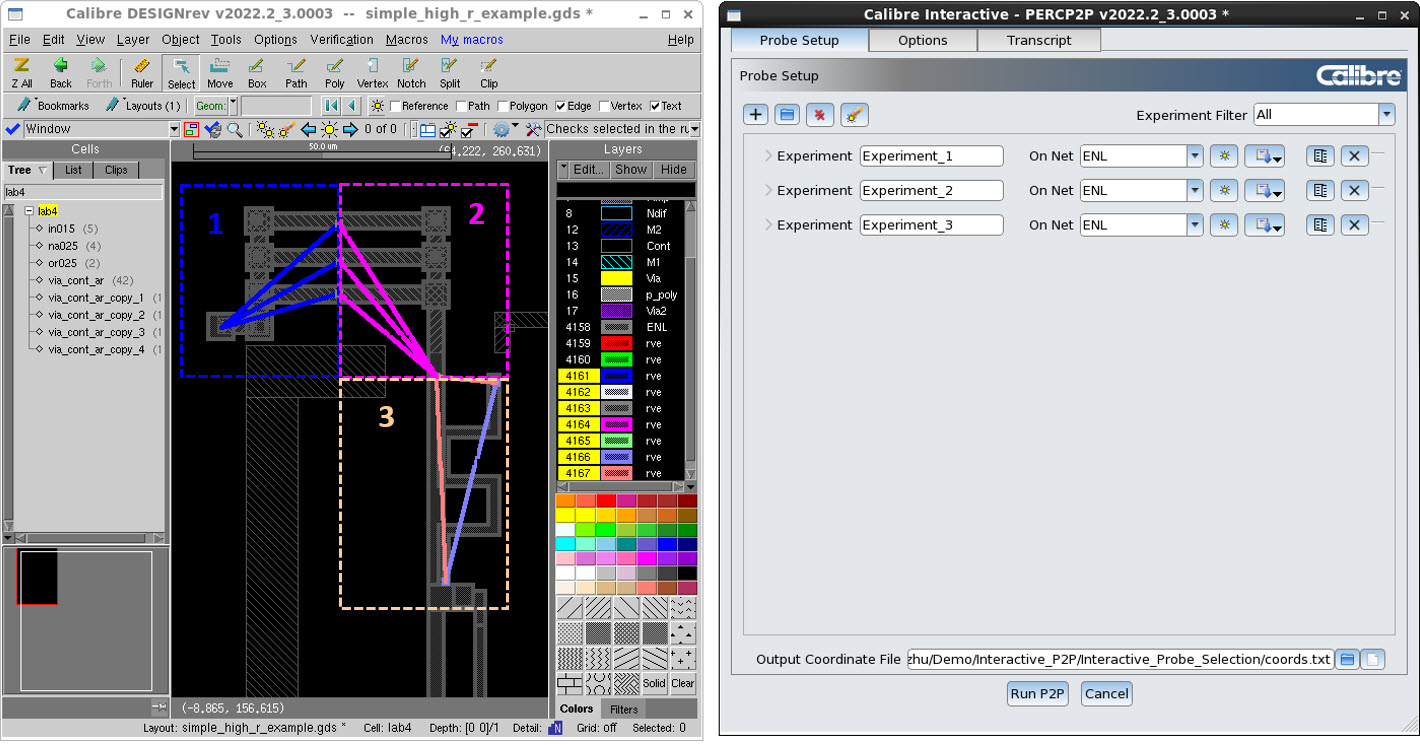TAINAN, Taiwan, Dec. 17, 2021 (GLOBE NEWSWIRE) — Himax Technologies, Inc. (Nasdaq: HIMX) (“Himax” or “Company”), a leading supplier and fabless manufacturer of display drivers and other semiconductor products, today announced that its second generation automotive in-cell TDDI (Touch and Display Driver Integration), HX83192 series, entered mass production in the third quarter and continues to be broadly adopted by vehicle manufacturers, Tier-1 suppliers and panel makers across all major automotive markets, including the United States, Europe, China, Japan, and Korea, for new car models to be released to the public during 2022 to 2024. In the third quarter of 2021 alone, the single-quarter shipment of the second generation automotive TDDI reached over one million units, far outpacing others in the industry. Himax expects sales of its second generation automotive TDDI to grow exponentially moving forwards.
Dedicated to cutting-edge automotive display innovation with more than 15 years of development and production experience in automotive driver IC, Himax is the world leader with over 40% market share in the traditional automotive driver IC (DDIC). In addition, Himax is the first in the industry to launch automotive TDDI which entered mass production as early as 2019. The HX83192 series, the newly launched second generation automotive TDDI, is already widely adopted by the automotive industry and demonstrated again the great leadership of Himax in the now fast-growing automotive display battlefield.
The design of automotive products has more stringent quality and reliability requirements than consumer products such as smart phones or tablets, and Himax’s automotive driver ICs have passed those strict automotive testing standards, including CISPR 25 Class 5 EMI, ISO 11452 EMS, AEC-Q100 automotive IC reliability, and ISO 26262 development functional safety certification.
Himax’s HX83192 TDDIs are designed to meet the emerging needs of new vehicle interior design that features information integration, interactive entertainment, as well as the pursuit of stylish, large, and curved screen design. In addition to the specific in-cell touch design for automotive panels, HX83192 also improves chip performance and reduces power consumption. HX83192 offers the industry first cascade-topology connection technique, allowing up to 3 TDDIs seamlessly connected for larger displays of, say, 20 inches. When taken together, users are empowered with the ultimate in visual and tactile enjoyment. Furthermore, Himax led the industry in the launch of its exclusive LTDI (Large Touch and Display Driver Integration) automotive display solution that adopts multi-chip connection architecture, specially designed for the next generation extra-large-sized automotive panels such as the trendy Pillar-to-Pillar Display. Himax has been working with leading panel houses and automakers to develop the extra-large-sized automotive display products and expects to introduce them in 2022.
Joachim Knerr, Director of Purchasing of Continental Automotive GmbH, a world-leading automotive Tier-1 supplier, said, “Himax has been working with Continental Automotive for many years on automotive IC solutions, from traditional DDIC to the leading automotive TDDI. The superior specification, quality, and reliability of Himax’s automotive display drivers impressed customers unfailingly and Himax has always played the role of a trustworthy partner to us. From demand side, it is expected that more automotive center console and rear seat entertainment systems will require more automotive TDDIs to complement the novel designs, and we look forward to working more closely with Himax in the future.”
“The automotive industry is still facing issues of component shortages and port congestion, which adversely affect automobile manufacturing and sales,” said Jordan Wu, President and CEO of Himax Technologies. “However, looking ahead in automotive display deployment, not only is the number increasing, but the size and feature complexity are also rising rapidly. In consideration of the lasting capacity constraint, we have secured long-term agreements with both our foundry partners and customers to streamline sales and supply of automotive ICs among all parties. With these in place, we are confident in the growth prospects of our automotive business.”
In the third quarter, Himax’s overall automotive driver IC revenue was $71.6 million, an increase of 34.3% over the previous quarter and up more than 150% over the same period last year, accounting for 17% of the overall revenue. In 2022, Himax expects that the automotive related ICs business will become the single largest source of revenue with automotive TDDI becoming a new long-term growth contributor of Himax’s business.
About Himax Technologies, Inc.
Himax Technologies, Inc. (NASDAQ: HIMX) is a fabless semiconductor solution provider dedicated to display imaging processing technologies. Himax is a worldwide market leader in display driver ICs and timing controllers used in TVs, laptops, monitors, mobile phones, tablets, automotive, digital cameras, car navigation, virtual reality (VR) devices and many other consumer electronics devices. Additionally, Himax designs and provides controllers for touch sensor displays, in-cell Touch and Display Driver Integration (TDDI) single-chip solutions, LED driver ICs, power management ICs and LCoS micro-displays for augmented reality (AR) devices and heads-up displays (HUD) for automotive. The Company also offers CMOS image sensors, wafer level optics for AR devices, 3D sensing and ultralow power smart sensing, which are used in a wide variety of applications such as mobile phone, tablet, laptop, TV, PC camera, automobile, security, medical device, home appliance, AIoT, etc. Founded in 2001 and headquartered in Tainan, Taiwan, Himax currently employs around 2,000 people from three Taiwan-based offices in Tainan, Hsinchu and Taipei and country offices in China, Korea, Japan, Israel, and the US. Himax has 3,021 patents granted and 498 patents pending approval worldwide as of September 30, 2021. Himax has retained its position as the leading display imaging processing semiconductor solution provider to consumer electronics brands worldwide.





